A mysterious interstellar object has been caught on camera for the first time as it hurtles through the solar system.
First spotted by NASA on July 1, scientists from around the world have now confirmed that this unexpected visitor has travelled through space from a distant star.
Officially titled 3I/ATLAS, the rare interloper is 12 miles (20km) long and hurtling towards the sun at 135,000 miles per hour.
Now, using a powerful telescope in Hawaii, the European Space Agency (ESA) has captured the first video of 3I/ATLAS as it makes its journey through space.
As the short video shows, the object is extremely bright, which means it is either many times larger than any other interstellar object or has another source of illumination.
Most experts agree that this extra illumination is caused by the fact that 3I/ATLAS is an active comet, producing a glowing ‘coma’ of ice and gas as it approaches the sun.
However, one Harvard professor claims that this might not be explained by natural means.
Professor Avi Loeb, a physicist at Harvard University, told MailOnline: ‘If it is not a comet, then its large brightness would be a big surprise and potentially signal a non-natural origin, perhaps from artificial light.’
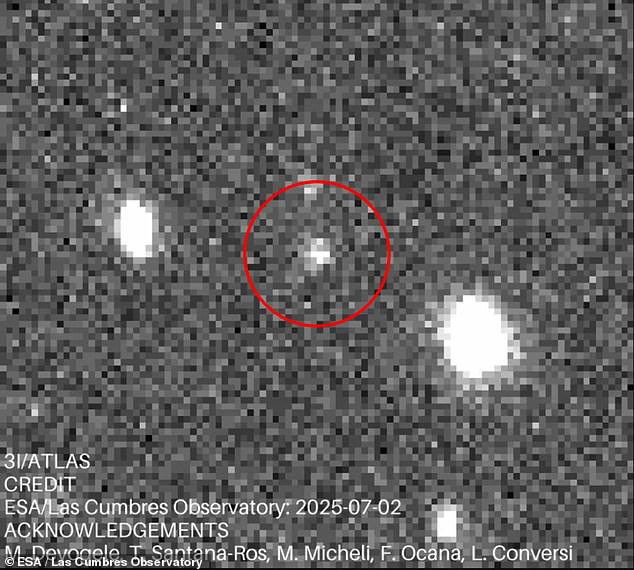
The European Space Agency has captured the first video of the interstellar object, 3I/ATLAS, currently hurtling through our solar system
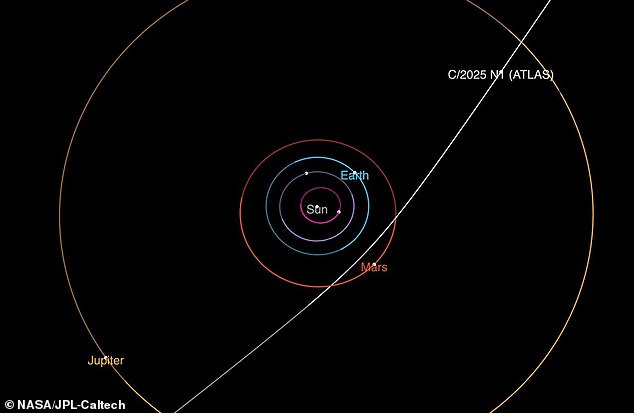
NASA predicts that 3I/ATLAS will reach its closest point to the sun on October 30, at a distance of 130 million miles (210 million km) – passing just within the orbit of Mars
3I/ATLAS was detected as a faint speck of light by NASA’s Asteroid Terrestrial-impact Last Alert System (ATLAS) telescope.
Since then, professional and amateur astronomers around the world have scrambled to gather more data.
Scientists quickly combed older data to find observations of the object that had previously been missed, in a process called precovery.
Combining these with hundreds of new observations, scientists were able to officially confirm that 3I/ATLAS was an interstellar object.
Currently 420 million miles (670 million kilometres) away from Earth, 3I/ATLAS’s trajectory and incredible speed meant it must be passing through our solar system after being ejected by its own star.
NASA predicts that it will reach its closest point to the sun on October 30, at a distance of 130 million miles (210 million km) – passing just within the orbit of Mars.
Thankfully, the object poses no threat to Earth and will pass harmlessly at around 150 million miles (240 million km) away at its closest point.
This is only the third time that scientists have managed to spot an interstellar object passing through the solar system.

Harvard physicist Avi Loeb told MailOnline that the object’s intense brightness could be the result of artificial lights, indicating that it is an alien craft
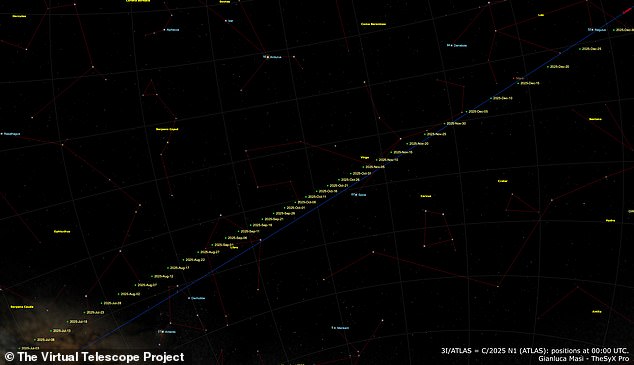
This graph shows the passage of the interstellar object as seen from Earth as it travels from the Sagittarius constellation through the area of the sky containing Virgo
The first was ‘Oumuamua in 2017, followed by Borisov in 2019.
When ‘Oumuamua was first detected, certain irregularities in its spin and velocity prompted Professor Loeb and his co-author, Dr Shmuel Bialy, to suggest that it could be alien in origin.
Professor Loeb says: ”Oumuamua exhibited a large non-gravitational acceleration which was anomalous given its lack of evaporation.’
Similarly, Professor Loeb now suggests that 3I/ATLAS could be a similar type of alien craft.
While experts say there is no evidence to support this idea, some researchers say we can’t rule out the possibility just yet.
Professor Michael Garrett, Director of Jodrell Bank Centre for Astrophysics, told MailOnline: ‘More observations are definitely needed.’
Asked whether the object could be an alien craft, Professor Garret responded: ‘Who knows – it could be – that’s why it will be important to make as many different measurements as possible to test all hypotheses.’
‘It’s unlikely that it is, but that doesn’t mean to say we shouldn’t check. We don’t know much about these interstellar objects, so we learn more each time we encounter one.’
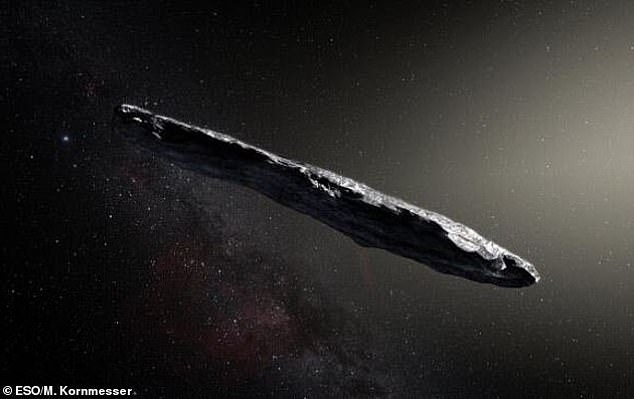
In 2017, an interstellar object named Oumuamua passed through the solar system, and while most scientists believe it was a natural phenomenon, Harvard physicist Avi Loeb famously argued it may have been of alien origin
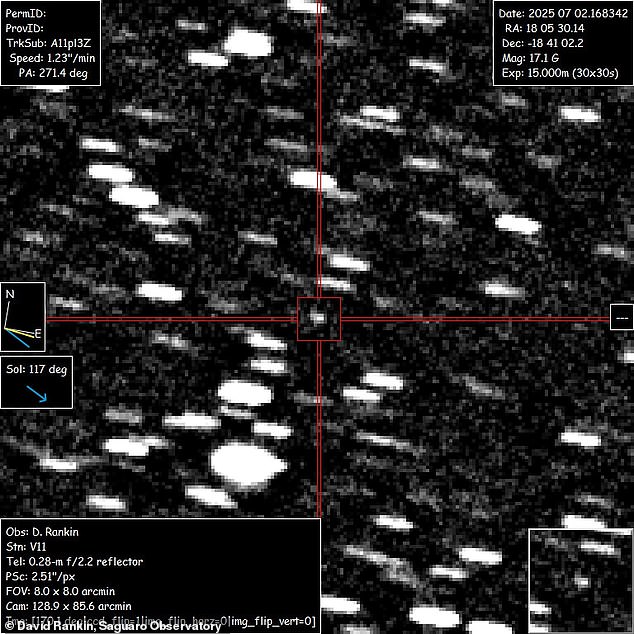
NASA and ESA have now confirmed that 3I/ATLAS is a comet due to the presence of a cloud of dust and gases called a coma. These are produced when the ice in a comet is warmed by the light of a nearby star like the sun
However, Professor Garret adds that there is currently no evidence the object is alien in nature, and it is more likely to be ‘an icy body that has escaped from another planetary system and wandered by the solar system by chance’.
Currently, the overwhelming majority of evidence points to the fact that 3I/ATLAS is a comet, a small body made up of frozen gases and ice.
This is because astronomers have spotted a nebulous envelope of gas and dust known as a coma surrounding the object as it is heated by the sun.
Based on these observations, both NASA and ESA are now confident enough to confirm that 3I/ATLAS is an interstellar comet.
This also explains why 3I/ATLAS is so bright, since the material in the coma reflects the sun’s light far more than rock or ice alone.
Dr Mark Norris, an astronomer from the University of Central Lancashire, told MailOnline: ‘If there’s a coma, it by definition is a comet, because this means that it is outgassing.
‘This thing is still quite far from the sun, so you can expect, therefore, as it gets closer, you should get a bigger cloud of material; and that should become clear as we get more observations going forward.’
However, by the time the comet reaches its closest point to the Earth, it will be hidden behind the sun, so astronomers will need to wait until it reemerges in December to make the best observations.
